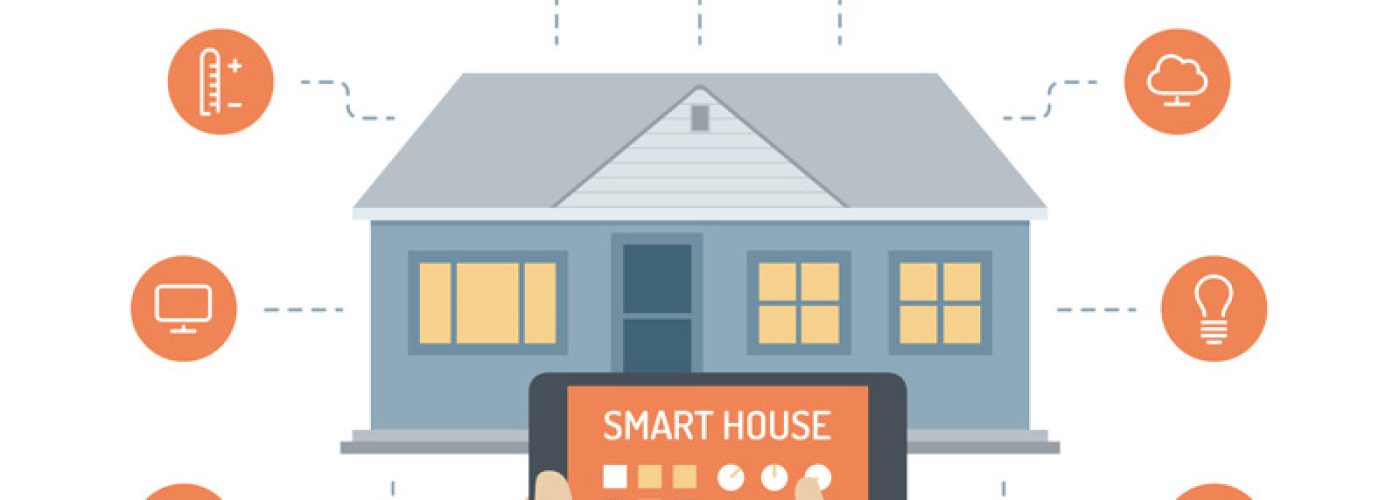James Tee from mobile app agency Sonin explains how connected technology is currently making an impact in households and why construction firms need to plan ahead for the future.
The influx of Internet of things (IOT)/connected devices, apps and software is evidently making its mark on the construction industry. From how management in the office are communicating with workers on site to the way that companies are now tracking employee progress. These growing trends are altering the shape of the sector as we once knew it. We can now even check and remotely disable the batteries on our most popular working tools through our smartphones. From an operations perspective we now have the capability to continuously boost internal efficiency and productivity. But the question is, what about marketing and sales? What impact will connected technology have on that?
As the Internet of Things (IOT) and connected devices become more accessible we’re beginning to see various industries leverage the technology, such as healthcare, transport and indeed construction. Like Dewalt’s Bluetooth batteries these devices stand alone and can be controlled by using a mobile application located on a smartphone, tablet or wearable device.
IOT and connected devices are also making their mark outside of enterprise sphere, and this is where construction businesses should begin to take note. As humans we’re becoming increasingly accustomed to turning to mobile to seek the answers to our everyday ‘problems’, and expect ‘solutions’ up-front. The Consumer Electronics Show (CES) earlier this year showed that manufacturers and well-known brands are beginning to react to this increasing need for instant results by releasing smart home gadgets of their very own. From heating thermostats to smart locks to kitchen utilities these products are designed to provide ‘solutions’ for homeowners, with the quantity of these devices set to exceed the 90 million mark by this time next year.
These unveilings at CES came at a time when consumers/homeowners gave their strongest indication yet that the prospect of a smart home was more preferred than opposed. According to a survey by Better Homes and Gardens magazine 64% of people stated that they were interested in having smart technology installed in their homes.
Research has also shown that the prospect of connected technology in the household significantly increases the appeal of buying a property, in fact there’s an element of expectation during the search process. A survey by Coldwell Banker and CNET Smart Home Survey from August last year indicated that 81% of current smart-home device owners stated that they would be more willing to buy a home that has connected technology already in place.
If you’ve recently visited a home in the United States chances are it’s probably closer to being deemed a ‘smart home’ than the last property you visited here the United Kingdom. According to online statistics portal Statista the United States currently top the charts in terms of global ‘smart home’ revenue and household penetration, with the United Kingdom sitting fifth in that respective chart. Despite not being as prominent in the market as the United States it’s inevitable that the increased demand for connected homes will soon be crossing the Atlantic, meaning that connected- plans should now start to be put in place.
There is already a growing demand in the United Kingdom for IOT and connected devices in the transport, healthcare and energy sectors. Since July last year the UK government have been encouraging cities and businesses to apply for up to £10m grant for a “single collaborative research and development project to demonstrate the capability of IOT in a city region”. Its aim is for citizens to benefit from “environmental improvements, economic opportunities, and more efficient delivery of services” through IOT solutions. Proposed developments will vary from smart lighting, lower noise pollution examples, enhanced passenger journeys and reduced emissions, which will undoubtedly shine light on the benefits that such technology can bring.
By 2020 there will be 21 billion connected devices globally according to a report by Gartner. Although it’s difficult to project the ratio that smart-home products will make up of this figure, it would be a fair assumption to make that based on recent findings, the property and construction industry will play a prominent role. As for any construction project the key to its success is maintaining efficiency and productivity throughout whilst producing a desired product at the end, which will generate a return of investment. By considering IOT and connected devices you’ll be reacting to the inevitable shift in buyer demand, which we’ll begin to notice in the not so far future.
This article was produced by Sonin.





